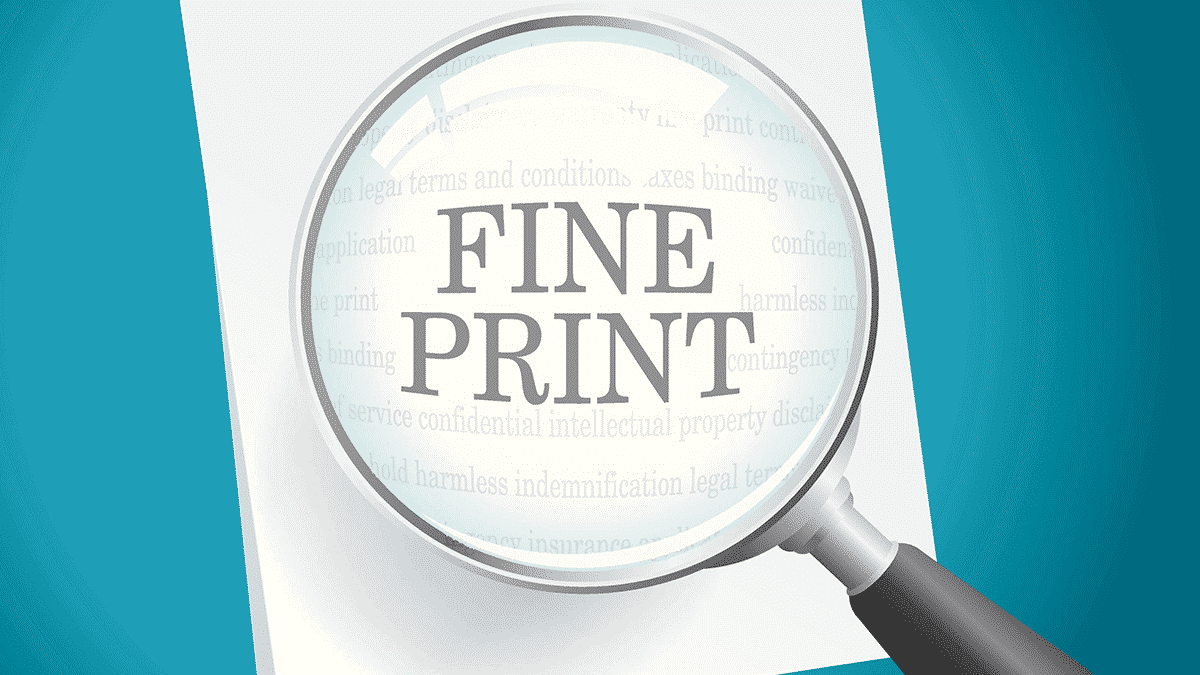In this guide
You’ve decided to change super funds or are at least thinking about it. Perhaps you are unhappy with your current fund’s investment performance, fees or services. You could be looking for something your fund doesn’t offer like genuinely ethical investments or different insurance features.
It goes without saying that you should always shop around before switching funds. Don’t be tempted to follow a friend’s recommendation, TV ad or media coverage of the year’s best-performing fund without doing your homework.
That said, once you’ve found the fund for you and decided to take the leap, how do you make the switch?
The following steps are designed to guide you through the process and help you avoid common traps.
1. Check if you have choice of super fund
If you’re an employee and you want to change super funds, you should first check to confirm you have choice of fund with your employer. Most Australians can choose the fund their employer contributes to, but a small number of people working under enterprise agreements or in the public sector are not eligible for choice.
If you have choice, go to step 2.
But what are your options if you don’t have choice of fund?
If you are willing to have two super accounts, you could open a new account with your chosen super fund, but your employer’s contributions will continue going to their nominated fund. In this case, you may be able to transfer most of your balance into your chosen fund, maintaining a minimum amount in the employer account. Check with your employer’s fund to confirm this is possible and obtain the partial transfer form you’ll need. Then you can go ahead and join the fund you have chosen (refer to step 2 below), complete the partial transfer form and apply for any insurance you want in the new fund.
If you don’t want to maintain two super accounts, unfortunately you will have to retain all your super with your employer’s fund until you change jobs.
2. Apply to the fund you want to join
Before you can transfer your super balance across, you need to become a member of your chosen fund. The simplest way to join is by visiting the fund’s website and completing an online application form.
Make sure you:
- Read and understand the Product Disclosure Statement (PDS), also found on the fund’s website, before joining. If you would prefer, the PDS contains an application form you can print, complete and return by mail.
- Have your Tax File Number (TFN) handy for the application form. If your fund doesn’t have your TFN, you will pay higher taxes on your employer’s contributions and won’t be able to make your own voluntary contributions. If you’re employed, the application form may also ask for your employer’s ABN.
The application form may also allow you to select some options for basic insurance.
3. Consider your insurance needs
Most funds offer cover for death, permanent disability, and income protection. Before you close a super account with insurance attached, it’s important to make sure you can get the cover you need with your new fund.
When you close a super account and transfer the balance to a new fund, the insurance attached to it does not automatically transfer across with it. If you later find you can’t get approved for the cover you need with your new fund, you could be left uninsured.
Once you’re a member of your chosen fund, you can apply for the level and type of cover you would like. This can generally be done by logging into your new account online or by completing a paper insurance application form. You’ll need to answer some questions about your health, work and lifestyle, and may need to attend a medical or complete some blood tests, depending on the level of cover you request.
Alternatively, you may also have the option to transfer any cover you already have with your existing super fund using an insurance transfer form, without answering any health questions or completing any testing.
Once your cover is in place, you can proceed to the next step.
4. Ask your employer to contribute to your new fund
If you’re self-employed, not currently working or don’t have choice of fund with your employer, you can skip this step.
For everyone else, it’s a good idea to make sure your employer is contributing to your new fund before closing your old account. If you don’t, contributions might arrive at your prior fund after you have transferred the balance to your new fund. When this happens, the amount will either be returned to your employer, or the fund will open a new account for you. Either way, you’re left sorting out the mess.
To direct your employer’s contributions into your new account:
- Download a standard choice form from the ATO’s website, your new fund’s website, or ask your employer for one
- Complete the details and provide the form to your employer’s payroll department.
When that’s done, keep an eye on your payslip or your transactions on your new fund’s website to confirm your employer’s contributions have started to arrive in your new account. Once you’ve confirmed no more contributions are going to your old fund, you can complete the last step.
5. Transfer your balance
Once you’re happy your new account is set up and working as you want, you can go ahead and transfer your balance across from your old fund.
If you will be transferring your whole balance and closing the old account, the simplest method is to use the ATO service through MyGov. Go to my.gov.au, then log in and navigate to the ATO linked service. If you have not already linked the ATO, you can follow the prompts to make the link.
Once you’re logged into the ATO service, use the super menu to consolidate your accounts. Alternatively, your new fund will be able to transfer your old account for you if you complete a transfer request on their website or fill in their paper rollover form.
If you want to transfer part of your balance, leaving your old account open, it is best to obtain a benefit payment form from the fund you want to transfer money out of. The fund will be able to provide you with the right form and advise you on the minimum balance you need to leave behind to keep the account open. You might do to retain insurance in the old fund or if your employer is going to continue making contributions there.
Congratulations, you’re now equipped to seamlessly change super funds – without skipping any necessary steps or tripping up on unexpected hurdles.












Leave a comment
You must be a SuperGuide member and logged in to add a comment or question.